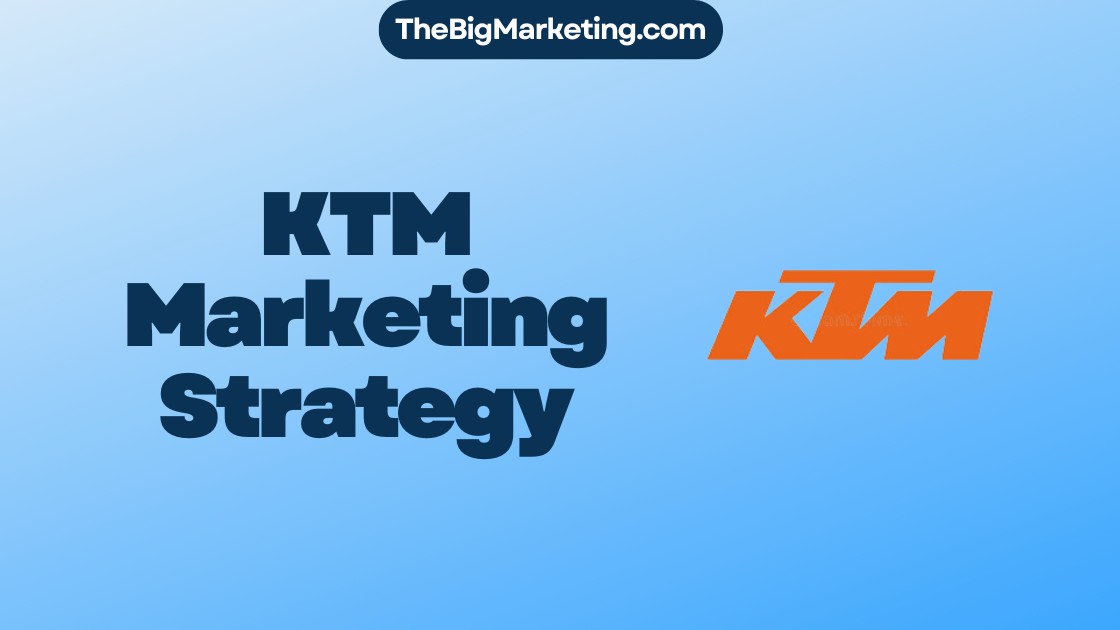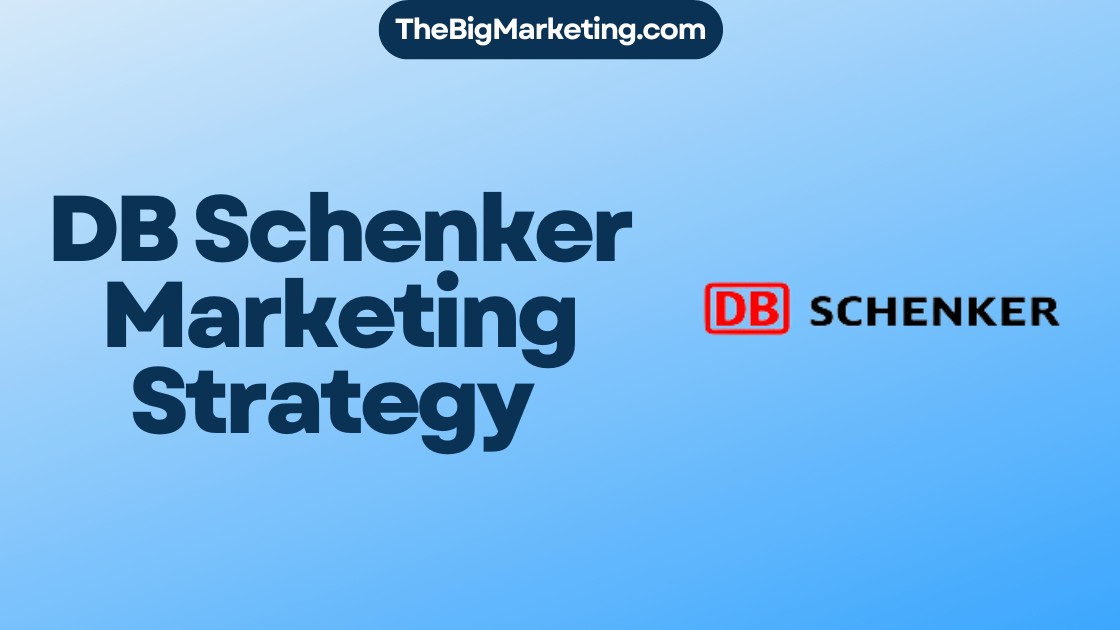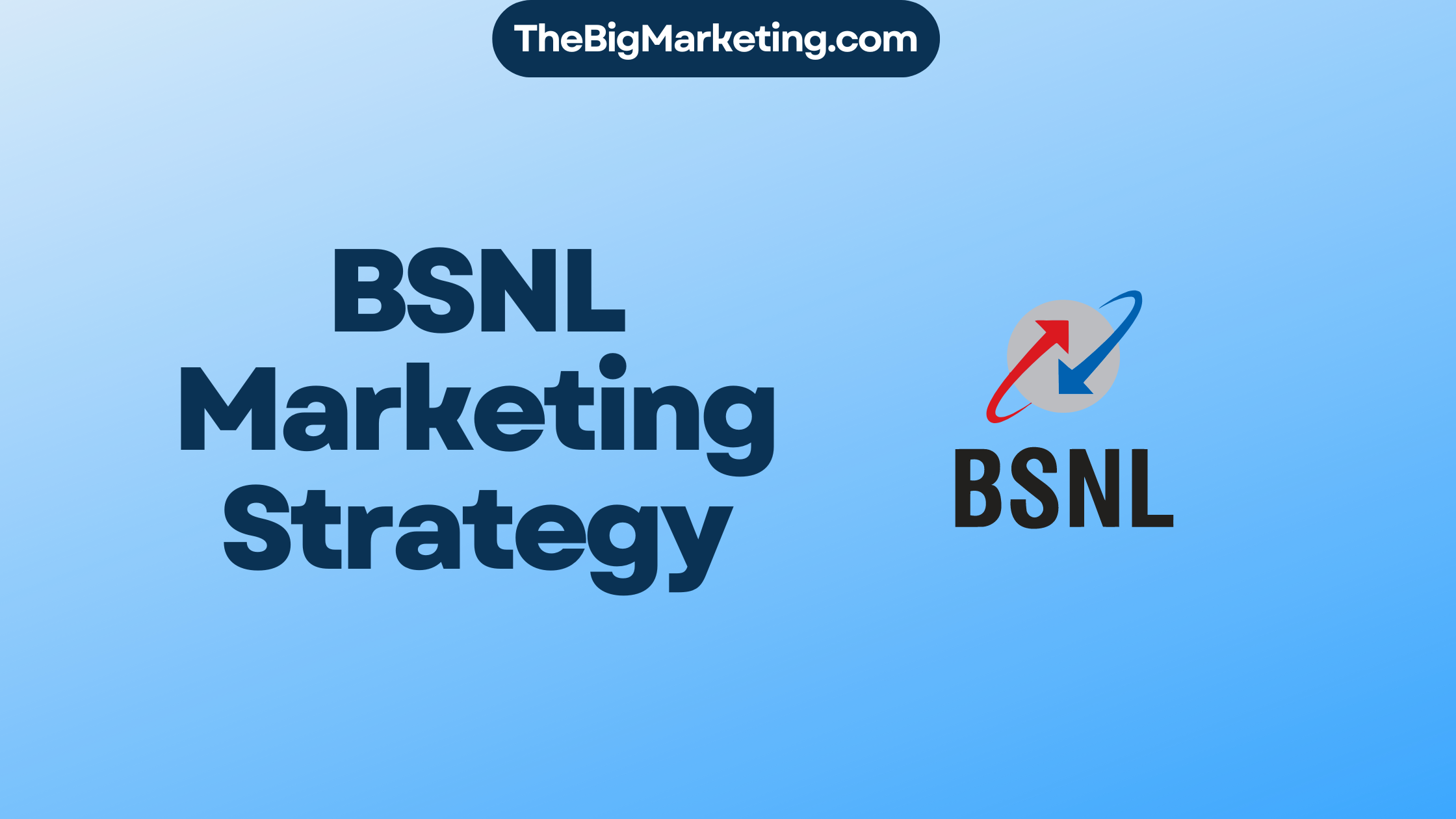In this case study, we will explore Honda’s marketing strategies for 2024 and analyze their success in the market. As one of the largest manufacturers of automobiles and motorcycles in the world, Honda has a customer-centric approach to marketing that focuses on innovative techniques, digital engagement, and effective promotion tactics. We will delve into the details of Honda’s marketing plan, conduct a thorough market analysis, and examine their brand strategy to understand how they have achieved their impressive market position.
Key Takeaways:
- Honda’s marketing strategy for 2024 is centered around customer satisfaction and innovation.
- They target the middle-income group, younger driver group, and young families to expand their market reach.
- Honda offers a diverse range of products including motorcycles, scooters, and big bikes.
- Their pricing strategy is affordable and utilizes penetration pricing to gain market share.
- Honda focuses on an extensive distribution channel through authorized dealers and showrooms in major cities.
About Honda
Honda Motor Company Limited is a Japanese multinational company and one of the largest manufacturers of motorcycles in the world. Founded in 1948, Honda has evolved into a global leader in the automotive industry with a focus on innovation and quality. In addition to motorcycles, Honda manufactures automobiles and power equipment.
With its headquarters in Tokyo, Japan, Honda has established a strong presence in multiple markets worldwide. The company’s commitment to craftsmanship, advanced technology, and customer satisfaction has propelled it to the forefront of the industry.
Honda’s reputation as a leading manufacturer of motorcycles is a testament to its dedication to excellence. The company’s wide range of motorcycles caters to various segments, from scooters to high-performance big bikes. By offering diverse products that meet different customer needs, Honda has solidified its position as a key player in the motorcycle market.
Honda Target Market
Honda, as a renowned automotive manufacturer, has carefully identified its target market to maximize its reach and cater to the needs of specific customer segments. While historically focusing on customers aged 30-51 from the middle-income group, Honda has strategically expanded its target market in recent years to include the younger driver group and young families. This strategic shift aims to capture a wider audience and increase sales in an increasingly competitive market.
The middle-income group remains a core target for Honda, as their products are designed to meet the demands and budget constraints of this demographic. By offering a range of affordable and reliable vehicles, Honda appeals to individuals and families seeking reliable transportation options that are within their financial means.
In addition to targeting the middle-income group, Honda has recognized the importance of reaching out to the younger driver group. This segment comprises individuals in the age range of 18-29, who are either starting their professional journeys or transitioning into more independent phases of their lives. Honda has identified their preferences for stylish, efficient, and technologically advanced vehicles and has aligned their product portfolio to cater to these desires.
Moreover, Honda has recognized the significance of targeting young families as they represent a growing market segment. These families prioritize safety, space, and versatility in their vehicle choices. Honda has responded by offering family-friendly vehicles that provide ample space, advanced safety features, and practicality without compromising on style and performance.
By expanding its target market to include the middle-income group, younger driver group, and young families, Honda can diversify its customer base, increase brand loyalty, and achieve sustainable growth. Understanding the preferences and needs of each segment allows Honda to develop targeted marketing campaigns, tailor product offerings, and provide a superior customer experience.
Honda Product Strategy
Honda’s product strategy is at the core of their success in the market. With a commitment to enriching people’s lives, Honda offers a diverse range of vehicles that cater to different segments and preferences. Their product lineup includes motorcycles, scooters, and big bikes, providing options for a wide range of consumers.
One of the key factors that sets Honda apart is their focus on innovative product designs. Honda motorcycles are synonymous with cutting-edge engineering and technology, delivering exceptional performance and reliability. Their scooters are known for their fuel efficiency, practicality, and ease of use. And Honda’s big bikes provide an exhilarating riding experience paired with top-notch craftsmanship.
Motorcycles
Honda’s motorcycles are renowned for their exceptional performance and versatility. From sport bikes to cruisers, Honda covers a wide range of riding styles and preferences. Whether it’s the thrilling power of their sport bikes or the comfortable ride of their touring motorcycles, Honda offers an extensive lineup to cater to every rider’s needs.
Scooters
Honda’s scooters combine style, practicality, and fuel efficiency. With a reputation for reliability and ease of use, Honda scooters are an ideal choice for urban commuting and city riding. From compact models perfect for zipping through traffic to larger scooters with ample storage space, Honda scooters offer convenience and comfort.
Big Bikes
Honda’s big bikes are designed for enthusiasts seeking the ultimate riding experience. With powerful engines, advanced features, and striking designs, Honda’s big bikes command attention on the road. From adventure bikes built for off-roading to luxurious touring motorcycles built for long-distance journeys, Honda’s big bikes offer a thrilling ride for passionate riders.
| Product Category | Key Features |
|---|---|
| Motorcycles | Exceptional performance, versatile riding options |
| Scooters | Fuel efficiency, practicality, ease of use |
| Big Bikes | Powerful engines, advanced features, striking designs |
With their commitment to innovation, Honda continues to push boundaries and redefine the industry’s standards. They consistently incorporate customer feedback, market trends, and cutting-edge technology into their product development process. Honda’s dedication to creating high-quality vehicles that exceed customer expectations has solidified their position as a leader in the market.
Honda Price Strategy
Honda understands the importance of catering to its target market, which primarily consists of the middle-income group. In order to make their products accessible to this segment of customers, Honda implements an affordable pricing strategy. By offering a wide range of products at reasonable prices, Honda ensures that their vehicles and motorcycles are within reach for the middle-income group. This strategy allows Honda to capture a significant market share and establish a strong presence in the industry.
Another pricing strategy that Honda adopts is penetration pricing. With this approach, Honda initially sets low prices for their products to gain a larger market share. By doing so, they attract customers from different income groups, including the middle-income segment. Once Honda has established a solid position in the market, they gradually increase their prices, taking advantage of the value and trust they have built with their customers.
Honda’s price strategy strikes the perfect balance between affordability and profitability. By offering affordable pricing options to the middle-income group, they ensure that their products are accessible without compromising on quality or features. This approach has been instrumental in Honda’s success, as it allows them to retain a loyal customer base while continuing to attract new customers.
Benefits of Honda’s Price Strategy:
Affordable Pricing: Honda’s pricing strategy enables customers from the middle-income group to afford their products, making them an attractive option in the market.
Wider Market Reach: By implementing penetration pricing, Honda attracts customers from different income brackets, allowing them to expand their market share and reach a larger audience.
Customer Loyalty: The affordable pricing strategy combined with Honda’s commitment to quality and innovation fosters customer loyalty, ensuring repeat business and positive word-of-mouth recommendations.
| Benefits of Honda’s Price Strategy |
|---|
| Affordable Pricing |
| Wider Market Reach |
| Customer Loyalty |
Honda Place Strategy
Honda’s place strategy is an integral part of their overall marketing approach. It focuses on establishing a strong distribution channel through authorized dealers, ensuring that customers have easy access to Honda products. By maintaining direct contact with dealers, Honda ensures effective communication and a seamless customer experience.
Authorized dealers play a vital role in Honda’s distribution network. They act as the main point of contact for customers, providing information, assistance, and after-sales support. These dealers are carefully selected and trained by Honda to deliver a high level of service and expertise.
Honda products are available in showrooms located in major cities across the country. These showrooms not only showcase Honda’s diverse range of automobiles and motorcycles but also serve as platforms for customers to engage with the brand.Visiting a Honda showroom allows customers to explore and experience the products firsthand, enabling them to make informed purchasing decisions.
The strategic placement of showrooms in major cities ensures that Honda has a strong presence in key markets. This approach allows Honda to cater to a wide customer base and meet the demands of urban consumers effectively.
In summary, Honda’s place strategy revolves around a strong distribution channel, authorized dealers, and strategically located showrooms in major cities. By prioritizing accessibility and customer engagement, Honda ensures that their products are readily available to customers and that the overall buying experience is smooth and satisfactory.
Honda Promotional Strategy
Honda’s promotional strategy is characterized by its aggressiveness in creating brand awareness and attracting customers. They employ various tactics, including the use of TV advertisements and innovative campaigns, to reach a wide audience and showcase their products.
TV advertisements play a crucial role in Honda’s promotional strategy. By leveraging the power of television, Honda can effectively communicate its brand message and product offerings to a large consumer base. Through visually compelling and engaging commercials, Honda captures the attention of viewers and generates interest in their vehicles.
In addition to TV advertisements, Honda also excels in creating innovative campaigns that resonate with customers. One notable example is the “You meet the nicest people on Honda” campaign, which was launched in the 1960s. This campaign aimed to challenge the stereotype that motorcycles were exclusively for rebellious individuals. Instead, it presented Hondas as a vehicle of choice for people from all walks of life, fostering a positive and inclusive image for the brand.
Another successful campaign is the “Precious as a gold” campaign, which highlighted Honda’s commitment to quality and reliability. By emphasizing the preciousness and enduring value of their vehicles, Honda aimed to instill trust and loyalty among its customers.
Through their aggressive marketing efforts, TV advertisements, and innovative campaigns, Honda effectively promotes its brand and products to a diverse range of consumers. By continually adapting and evolving their promotional strategies, Honda ensures that it remains at the forefront of the automotive industry.
Honda Social Media Marketing
Honda understands the significance of social media platforms in reaching and engaging with their target audience. As part of their marketing strategy, Honda leverages social media channels to effectively implement their marketing tactics and connect with customers in innovative ways.
One of the key aspects of Honda’s social media marketing is their creation of innovative posts on platforms like Instagram. By producing visually compelling and interactive content, Honda successfully captures the attention of their audience and drives engagement. These posts showcase Honda’s vehicles in unique and creative ways, highlighting features, designs, and user experiences.
In addition to creating engaging posts, Honda also utilizes festive marketing campaigns on social media. During special occasions and holidays, Honda designs campaigns that align with the festive spirit, whether it’s incorporating holiday themes, charitable initiatives, or exclusive offers. These campaigns further connect Honda with their audience, fostering a sense of community and shared experiences.
The COVID-19 lockdown presented unique challenges for marketing efforts, but Honda adapted their strategies to navigate this difficult time. Understanding the importance of staying connected with their audience, Honda adjusted their social media marketing to cater to the evolving needs and behaviors of customers during the lockdown. By focusing on relevant and empathetic content, Honda provided support, information, and entertainment to their audience during this challenging period.
Competitor Analysis
Honda faces strong competition in the global automotive market from Volkswagen, Toyota, Ford, and Yamaha. These companies are key players in the industry, with well-established brands and a strong presence in the market. They invest heavily in marketing and research and development to stay ahead of the competition.
Volkswagen
Volkswagen is a renowned automobile manufacturer with a diverse portfolio of vehicles. Known for their engineering excellence and innovative designs, Volkswagen offers a range of cars that cater to different segments of the market. They have a global presence and are known for their iconic models such as the Volkswagen Golf and Volkswagen Passat.
Toyota
Toyota is a leading automotive company known for its reliable and fuel-efficient vehicles. They have a strong reputation for producing high-quality cars, trucks, and SUVs. Toyota offers a wide range of models to meet the diverse needs of customers, from compact cars like the Toyota Corolla to powerful SUVs like the Toyota Highlander.
Ford
Ford is a prominent American automobile manufacturer that has been in the industry for over a century. They are known for producing a range of vehicles, including cars, trucks, and SUVs. Ford is recognized for its performance-oriented vehicles such as the Ford Mustang and the Ford F-150, which have a loyal fan base worldwide.
Yamaha
In the motorcycle segment, Yamaha is one of Honda’s major competitors. Yamaha offers a diverse range of motorcycles, including sport bikes, cruisers, and off-road bikes. They have a strong reputation for their performance-oriented bikes and innovative features. Yamaha competes directly with Honda in the market, offering similar products and targeting similar customer segments.
| Competitor | Strengths | Weaknesses |
|---|---|---|
| Volkswagen | Strong engineering expertise Global presence |
Brand reputation concerns Still recovering from emissions scandal |
| Toyota | Reliability Fuel efficiency Diverse vehicle portfolio |
Limited focus on electric vehicles Perceived as a conservative brand |
| Ford | Long-standing brand heritage Performance-oriented vehicles |
Relatively lower market share compared to competitors Challenges in the electric vehicle market |
| Yamaha | Performance-oriented motorcycles Innovative features |
Less diversified product portfolio compared to Honda Smaller market share |
Innovation and Overcoming Challenges
Honda is renowned for its commitment to innovation and its ability to overcome challenges within the automotive industry. Throughout its history, the company has introduced groundbreaking technologies and strategies to stay ahead of the competition and adapt to changing market conditions.
Revolutionizing the Industry
An example of Honda’s innovative approach is the development of the CVCC engine. With its revolutionary design, the CVCC engine provided significant advancements in fuel efficiency, emissions control, and overall performance. This innovation solidified Honda’s position as a leader in engine technology and set new standards for the industry.
Another landmark innovation introduced by Honda is the VTEC (Variable Valve Timing and Lift Electronic Control) technology. This system optimizes engine performance by adjusting the timing and lift of the engine valves, resulting in improved power delivery, fuel efficiency, and overall engine performance. The VTEC technology has since become a staple feature in many Honda vehicles.
Overcoming Adversities
Honda has faced numerous challenges throughout its history, including oil crises, quality control crises, and economic downturns. However, the company’s commitment to innovation and continuous improvement has allowed it to overcome these adversities and emerge stronger.
During the oil crises of the 1970s, Honda’s focus on fuel efficiency and small vehicles positioned them well in the market. By offering economical and efficient models, the company was able to meet the changing demands of consumers and navigate through the challenging times.
In the 1980s, Honda faced a quality control crisis that affected its reputation. Recognizing the importance of quality to their brand, Honda implemented rigorous quality control measures, invested in training programs, and implemented a company-wide commitment to delivering superior products. These actions not only resolved the quality control issues but also strengthened Honda’s reputation for reliability and excellence.
Furthermore, Honda’s ability to navigate economic downturns showcases its resilience and adaptability. By streamlining operations, optimizing production processes, and introducing cost-effective measures, Honda has been able to weather economic downturns and emerge as a key player in the industry.
Continuous Innovation for the Future
Honda’s commitment to innovation and overcoming challenges remains at the forefront of its business strategy. The company continues to invest in research and development to develop cutting-edge technologies and explore new avenues of growth.
As the automotive industry undergoes a hybrid revolution, Honda is at the forefront, with its lineup of hybrid and electric vehicles. By embracing alternative powertrain technologies, Honda aims to reduce its carbon footprint and provide environmentally friendly solutions to its customers.
| Challenges | Actions | Outcomes |
|---|---|---|
| Oil crises | Focus on fuel efficiency and small vehicles | Positioned well in the market and met changing consumer demands |
| Quality control crisis | Implemented rigorous quality control measures and training programs | Resolved quality control issues and strengthened reputation for reliability |
| Economic downturns | Streamlined operations and implemented cost-effective measures | Weathere economic downturns and emerged as a key player |
The Honda Philosophy
Honda’s corporate philosophy revolves around the concept of “The Three Joys.” This philosophy guides Honda in its commitment to creating meaningful experiences for its customers, dealers, and employees.
The Three Joys
1. The Joy of Buying:
The joy of buying is the first principle of the Honda philosophy. Honda recognizes that purchasing a product is a significant milestone for customers and aims to bring joy to their buying experience. Through continuous innovation and quality craftsmanship, Honda creates products that fulfill customers’ aspirations and spark excitement.
2. The Joy of Selling:
The joy of selling is about empowering Honda’s dealers and employees to take pride in representing the brand. Honda believes that when dealers and employees passionately share their knowledge, expertise, and enthusiasm with customers, it enhances the overall buying experience. By fostering a culture of excellence and providing comprehensive training, Honda ensures that its sales teams are well-equipped to deliver exceptional customer service.
3. The Joy of Creating:
The joy of creating lies at the heart of Honda’s philosophy. It encourages innovation and creativity within the company, driving continuous improvement and pushing boundaries. Honda values the spirit of entrepreneurship and encourages its employees to explore new ideas, technologies, and design concepts. This commitment to innovation has led to iconic advancements in engine technology, fuel efficiency, and safety features.
By embracing “The Three Joys,” Honda aims to create a positive and enriching experience throughout every touchpoint of the customer journey. From the initial purchase to the ownership experience, Honda strives to exceed expectations and foster long-lasting relationships with its customers.
| Principles | Summary |
|---|---|
| The Joy of Buying | Creating joy for customers through innovative products |
| The Joy of Selling | Empowering dealers and employees to deliver exceptional customer service |
| The Joy of Creating | Encouraging innovation and creativity within the company |
Conclusion
In conclusion, Honda’s marketing strategy for 2024 exemplifies their dedication to customer satisfaction and continuous innovation. Through strategic analysis and thoughtful implementation, Honda has effectively targeted diverse market segments and overcome industry challenges. To sustain their success, Honda should focus on adapting to evolving consumer behavior, leveraging digital marketing platforms, and staying ahead of competitors through ongoing innovation.
Honda’s commitment to customer satisfaction is evident in their customer-centric marketing approach. By understanding the needs and preferences of different market segments, Honda has been able to tailor their products and promotional efforts accordingly. This strategic analysis has allowed them to effectively penetrate the market and establish a strong brand presence.
To stay ahead in an ever-changing marketplace, Honda should prioritize adapting to shifting consumer behavior. With the rise of digital technology, Honda must leverage digital marketing platforms to engage with their target audience and create meaningful connections. By embracing social media and other online channels, Honda can reach a wider audience and build brand loyalty.
Furthermore, Honda should continue to drive innovation as a key component of their marketing strategy. By continuously exploring new technologies, such as electric and autonomous vehicles, Honda can remain at the forefront of industry advancements. This commitment to innovation will ensure that Honda stays ahead of their competitors and continues to meet the evolving needs of their customers.






